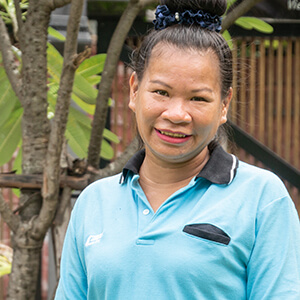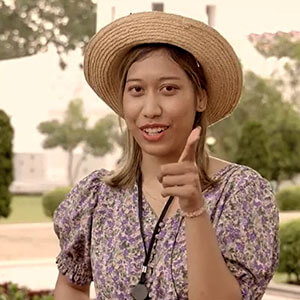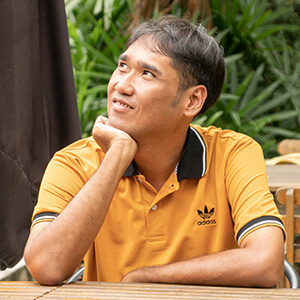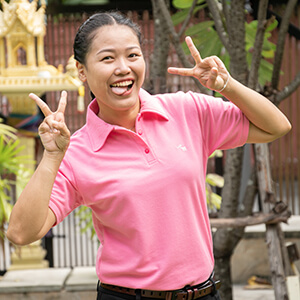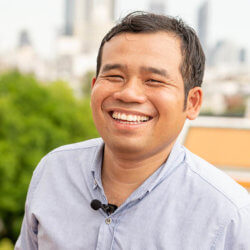Royal Gold Treasures from Ancient Crypts
The museum’s most prized collection features extraordinary royal gold artifacts. Archaeologists discovered these treasures in 1957 when they excavated the crypts of Wat Ratchaburana and Wat Mahathat. These magnificent pieces show Ayutthaya’s former wealth and artistic skill. For example, experts believe some artifacts were buried with King Intharacha, who reigned from 1409 to 1424.
The famous Sword of Victory (Phra Saeng Khan Chai Sri) stands out among the collection. This legendary weapon measures 115 centimeters long and features detailed gold plates with precious stones. Therefore, it represents one of Southeast Asia’s finest examples of royal weaponry. Additionally, visitors can see five main royal items including the golden scepter, ceremonial fans, royal fly whisk, and ornate slippers. These pieces provide clear insights into ancient coronation ceremonies and royal customs.
Other highlights include a solid gold lion inside a fish-shaped container. The museum also displays gold containers holding Buddha relics and hundreds of detailed prayer tablets. Consequently, these discoveries help visitors understand the spiritual practices of Ayutthaya’s elite. Moreover, these findings match historical stone inscriptions, connecting written history with real artifacts.
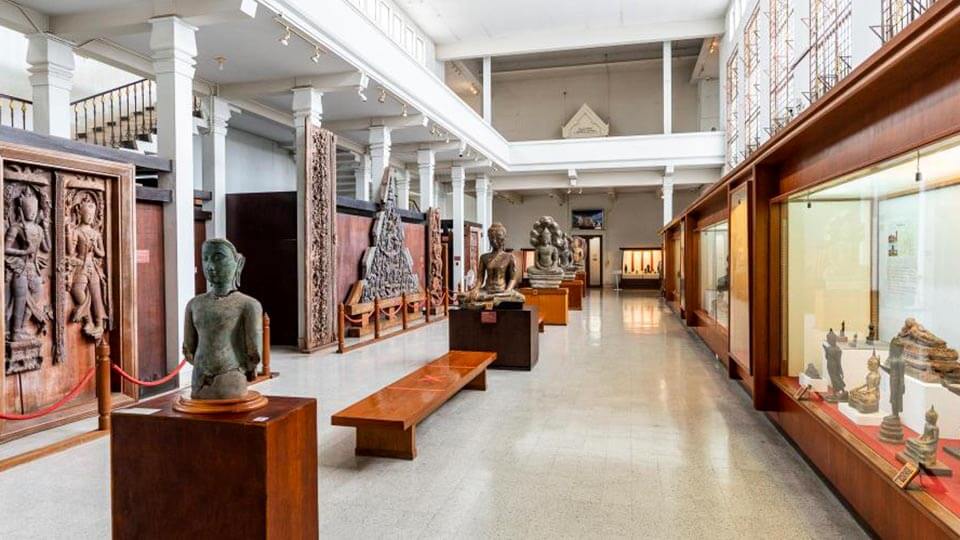
Buddha Images Spanning Centuries
Beyond royal treasures, the museum houses Buddha images covering 1,400 years of Thai art history. One notable piece is an 800-year-old bronze Buddha head from Wat Thammikarat. Furthermore, a remarkable 12th-century sandstone statue shows Buddha protected by a seven-headed naga in Khmer style.
A rare seated Buddha from the 7th-11th century demonstrates Thailand’s earliest artistic traditions. This Dvaravati-style piece shows how Buddhist art developed in the region. Therefore, visitors can trace the evolution of Thai religious art through these carefully preserved statues.
Museum Buildings and Exhibits
The museum’s three exhibition buildings showcase artifacts from different periods. Collections span from the Dvaravati period (6th-11th centuries) through the modern Rattanakosin era. For instance, visitors can see beautifully carved wooden door panels from Wat Phra Si Sanphet that survived ancient fires.
Other exhibits include diverse ceramics, traditional painted fabrics, and ceremonial cabinets. These cabinets once stored Buddhist scriptures in temples throughout the ancient capital. However, the museum now protects these precious items from further damage.
Visiting Information and Hours
The museum opens daily from 9:00 AM to 4:00 PM. International visitors pay 200 THB for admission, while Thai citizens pay only 30 THB. Additionally, children and students enter free of charge.
UNESCO Heritage Connection
The museum serves as the main center for the broader Ayutthaya Historical Park. It houses movable treasures that once filled the magnificent temple ruins scattered throughout the ancient capital. This connection allows visitors to experience both the grand architecture of the ruins and the beautiful artifacts that once decorated them.
Because of this relationship, visitors can combine their museum visit with trips to nearby sites. Popular combinations include Wat Mahathat’s famous Buddha head in tree roots, Wat Phra Si Sanphet’s royal towers, and Wat Ratchaburana’s restored structures.
Museum History and Mission
Royal patrons established the museum in 1961 as a model national museum. It set standards for cultural presentation throughout Thailand. Ongoing expansion efforts ensure continuous discovery opportunities for visitors.
The museum plays a key role in building national identity and pride. Therefore, it shows how heritage preservation serves both educational and cultural purposes. The museum’s dedication to preserving ancient wisdom makes it essential for visitors seeking authentic cultural experiences beyond typical tourist activities.
Integrated Tourism Opportunities: The museum combines perfectly with visits to Wat Mahathat’s famous Buddha head in tree roots, Wat Phra Si Sanphet’s royal chedis, and Wat Ratchaburana’s restored structures.
Established in 1961 with royal patronage, the museum was conceived as a prototype national museum, setting standards for cultural presentation throughout Thailand. Its ongoing expansion efforts ensure continuous discovery opportunities, while its role in fostering national identity and pride demonstrates how heritage preservation serves both educational and cultural continuity purposes.
The museum’s dedication to preserving ancestral wisdom and showcasing Thailand’s remarkable artistic achievements makes it an essential stop for visitors seeking authentic cultural immersion beyond typical tourist experiences.
Visit this attraction on a Private Custom Day Tour around Ayutthaya.



